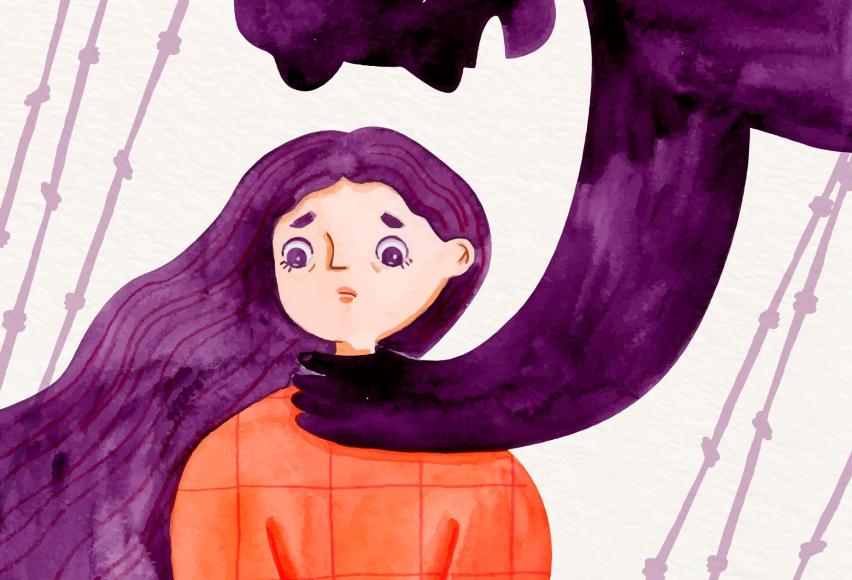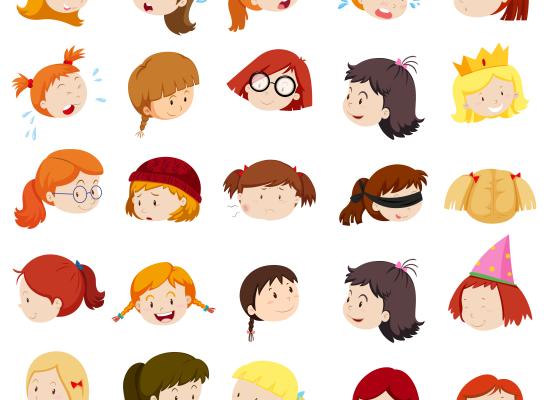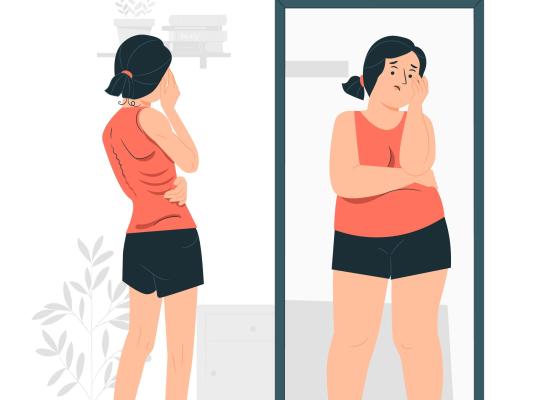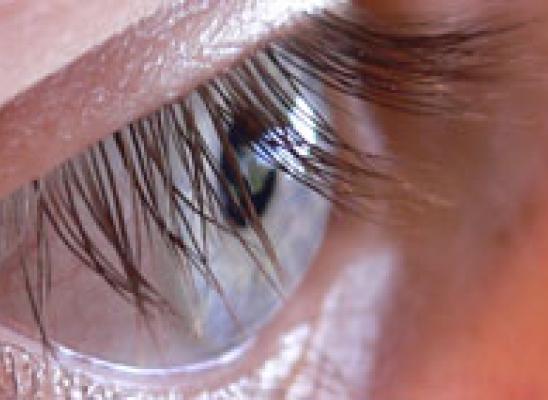Suicidality and Trich: The Depression Connection

Online test
Find out the severity of your symptoms with this free online test
Content Advisory: This article contains content that may be uncomfortable or upsetting to some.
Trichotillomania (commonly referred to as trich) is a body focused repetitive behavior characterized by repetitive hair pulling resulting in significant hair loss, emotional distress, and impairment in functioning. It is estimated that the prevalence of trichotillomania is about 0.5% to 2.0% with symptoms often emerging in late childhood or early adolescence. It is a chronic condition that generally persists into adulthood.
Trich is often accompanied by poor self-esteem, depression, impaired psychosocial functioning, and overall lower quality of life. People with trich also tend to have one or more comorbid mental health conditions including mood and anxiety disorders.
Major depressive disorder (MDD) is characterized by a persistently depressed mood, a loss of interest or pleasure in activities, feelings of guilt or worthlessness, fatigue, poor concentration, appetite changes, psychomotor slowing or agitation, sleep disturbances, or suicidal thoughts. It can leave a person feeling hopeless and out of control. It is a well-known risk factor for suicidality.
Suicide is a critical mental health issue and a leading cause of death in the US. Recent surveys have found that about 4.8% of adults aged 18 and older in the United States have had serious thoughts about suicide. About 0.7% reported that they made at least one attempt in the last year.
In fact, MDD has been shown to be a critical factor in about 87% of completed suicides. About 53% of people with MDD report experiencing thoughts of suicide. The risk of suicide in people with MDD is about 20 times that of the general population. It’s estimated that about 45% of people with trich also have major depressive disorder.
Does having comorbid MDD increase the risk of suicide for someone living with trich? Surprisingly, there is little information about the risk of suicidality and trich, despite the frequent co-occurrence of trich and comorbid disorders like MDD.
Taking A Closer Look
In what is thought to be the first of its kind, a new study sought to determine the impacts of co-occurring MDD and trich on rates of suicidal ideation and suicide attempts. Given the distress associated with trich and elevated rates of comorbid MDD, it would be reasonable to expect a higher risk. The researchers hypothesized that both suicidal ideation and suicide attempts would be elevated in individuals with trich compared to the US general population.
- Suicide attempt (SA) is a non-fatal, potentially injurious behavior with intent to die. A suicide attempt might not result in injury.
- Suicidal ideation (SI) refers to thinking about, considering, or planning suicide.
The study consisted of 219 participants with trichotillomania. Forty (18.3%) reported lifetime suicidal ideation. Five participants (2.3%) reported a lifetime suicide attempt. Participants with lifetime suicidal ideation were significantly more likely to also have major depressive disorder. The severity of trich symptoms did not differ between groups with or without SI.
Trich is classified as an Obsessive-compulsive Related Disorder (OCRD). While not OCD, it does share similar characteristics with OCD and some other OCRDs like skin picking and body dysmorphic disorder. Interestingly, when compared to research related to other OCRDs like OCD and body dysmorphic disorder, trich was found to have lower rates of both lifetime SI and lifetime SA in this study. Just why that is isn’t clear. The researchers speculate that there may be some protective factors associated with trich not associated with other OCRDs.
In this study, suicidal ideation in trich was significantly correlated with having comorbid MDD. It’s also important to note that 40% of participants who had suicidal ideation did not have comorbid MDD. Researchers speculate that suicide may be an independent factor to examine further.
Just what do these findings mean for treatment?
Treatment Implications
These findings speak to the need for accurate and comprehensive assessment that includes screening for MDD and for suicidal ideation. It is also important to use assessment tools that are culturally attuned as different groups may be at higher risk.
Individualized treatment planning and care increase the chances for successful treatment outcomes.
Studies like this also highlight the need to be mindful of your mental health. If you’re feeling down or experiencing distressing thoughts, it’s ok to ask for help. Seek out a trusted friend or family member. Support groups can also be a great resource when you need a little extra support. Consider seeking out a therapist, especially if you’re having thoughts of self-harm. A therapist can help you sort through your feelings and find healthy, safe ways to cope with them.
If You Need Help…
If you or a loved one is experiencing a psychiatric emergency or having thoughts of suicide, seek help immediately. You can dial 911 in the US or Canada. In the UK and Republic of Ireland you can dial 112 or 999. You can also seek out help at your nearest hospital or emergency services site. Note: Accessing emergency services will vary by location. Know where emergency services are located in your area and how to access them.
For more information, Trichstop.com has a list with links to resources and hot lines where you can talk to someone 24/7. Click here.
Help is available and you are not alone.
References
1. Grant, J. E., & Chamberlain, S. R. (2016). Trichotillomania. The American journal of psychiatry, 173(9), 868–874. https://ajp.psychiatryonline.org/doi/10.1176/appi.ajp.2016.15111432
2. Major depressive disorder - StatPearls - NCBI bookshelf. (2023, April 10). National Center for Biotechnology Information. https://www.ncbi.nlm.nih.gov/books/NBK559078/
3. Suicide. (n.d.). National Institute of Mental Health (NIMH). https://www.nimh.nih.gov/health/statistics/suicide#part_10459
4. Grant, J. E., Dougherty, D. D., & Chamberlain, S. R. (2020). Prevalence, gender correlates, and co-morbidity of trichotillomania. Psychiatry research, 288, 112948. https://pubmed.ncbi.nlm.nih.gov/32334275/
5. Grant, J. E., Collins, M., Chesivoir, E., & Chamberlain, S. R. (2023). Suicidal ideation and attempts in trichotillomania. Psychiatry research, 325, 115245. https://www.ncbi.nlm.nih.gov/pmc/articles/PMC7614801/
Online test
Find out the severity of your symptoms with this free online test
Start your journey with TrichStop
Take control of your life and find freedom from hair pulling through professional therapy and evidence-based behavioral techniques.
Start Now



